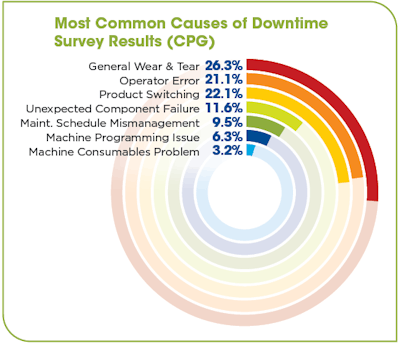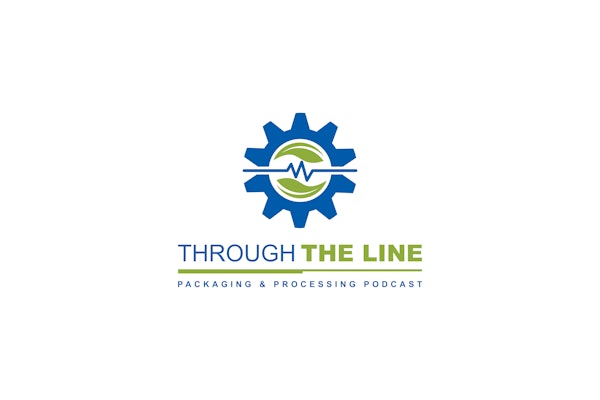While predictive maintenance has existed as a buzzword in recent years, PMMI, The Association for Packaging and Processing Technologies, recognized the need for an industry-wide definition and recently released an in-depth 2021 Predictive Maintenance whitepaper. It defines predictive maintenance as monitoring a machine or a machine component to determine when it is likely to fail and to take action to prevent it from happening, thus avoiding unplanned downtime.
Using that definition as a jumping-off point, many engineers probably feel that those bases are covered, since the monitoring and maintenance of machinery have existed for a long time. Consider portable monitoring devices, designed to read industrial assets’ health, which obviously fall into the monitoring category. In actuality, it would probably be best to classify these devices as precursors for predictive maintenance, with more of a supporting role alongside emerging predictive maintenance technologies centered on sensors.
In the broadest sense, there are two categories of technology that must be implemented to create a predictive maintenance solution. One of these is hardware. Increasingly, the key category of hardware in any predictive maintenance solution consists of smart sensors. These sensors are constantly growing in capability, and a likely future trend will include processing capacity embedded directly into sensors. Some of the more advanced predictive maintenance solutions noted in the whitepaper are edge computing devices, which sift through gathered data before transmission to the cloud.
The key prerequisite to deciding where to deploy smart sensors for predictive maintenance within specific machines is understanding which data is useful. OEMs and integrators believe that run time, current/voltage draw, and speed are the three most useful data types for performing predictive maintenance. However, run time for predictive maintenance assumes that equipment is most likely to fail in the latter part of its life, which often is not the case. Many failures on motor-driven equipment can happen within the first year due to manufacturing defects or installation errors.
The key thing for OEMs and system integrators to draw from this research is that a very wide range of data is available to harvest from most machines, including asset temperature, vibration, acoustics, magnetic field, run time, current/wattage draw, speed, pressure, and ambient temperature/humidity. Once an OEM determines what data is necessary to perform predictive maintenance on its machines, then the priority is to take advantage of any smart devices already in the machines to record this data—such as programmable logic controllers (PLCs) and variable-speed drives. After this, if required, the OEM can proceed with deploying additional sensors in the appropriate places. After more sensors are added, the system can tie into edge computing devices. Edge devices can decide which data is useful and transmit only that data to the cloud, slashing data transfer and storage costs.
Gathering data is the easy part. The second key technology for predictive maintenance is software and analytics to understand the data. Since most machine builders don’t possess the ability to write this software in house, this stage usually requires a predictive maintenance specialist.
If taken to its full potential, predictive maintenance could radically extend the average lifetime of a machine. This will mean new business models are essential for OEMs to maintain the revenue streams they need to thrive. What is needed is a solution that reduces downtime for the end user, while ensuring OEMs get the revenue they need to stay in business.
Machine performance goals set by OEMs and producers
The most promising candidate so far is machine as a service (MaaS). Essentially, it involves pricing based on performance goals set between the OEM and the end user (such as the number of items processed). If there is one hindrance to the widespread adoption of an MaaS business model for predictive maintenance, it is the aversion many companies have to allowing remote access.
MaaS requires the continued growing acceptance of remote access, which has increased in use during the COVID-19 pandemic. Companies have learned that remote connectivity is usually no less secure than on-site connectivity. With expert third-party providers, such as Microsoft Azure or Amazon Web Services, remote connections and cloud storage are not as insecure as many companies assume. Microsoft and Amazon have huge teams of cybersecurity experts dedicated to protecting their customers.
For more information on MaaS and the key barriers to its acceptance, download the full PMMI whitepaper at www.pmmi.org/business-intelligence/industry-reports.
Other content you may be interested in:
Adjusting Forecasts: COVID-19 Hurts Apparel, Luxury Goods; Helps Alcohol, Food, Bev
Staying on the Cutting Edge


























